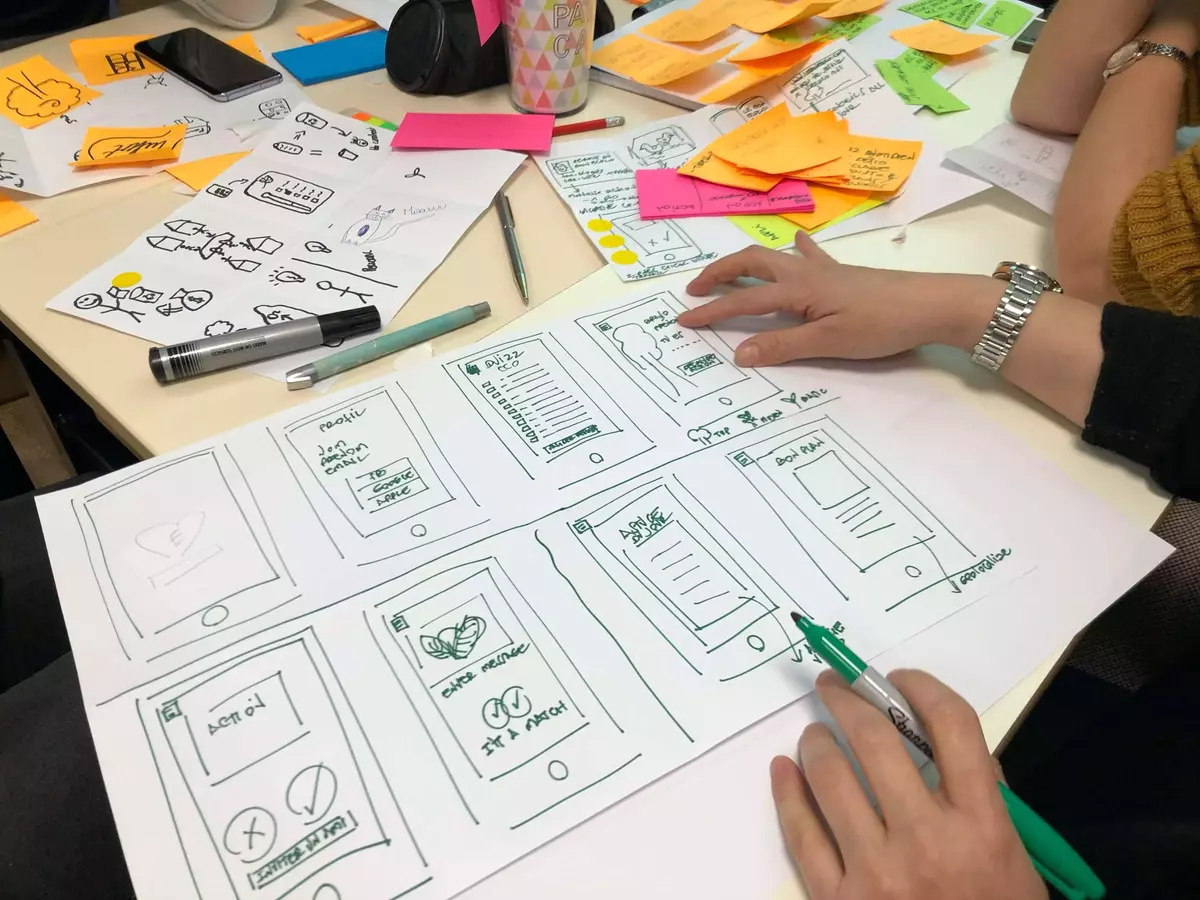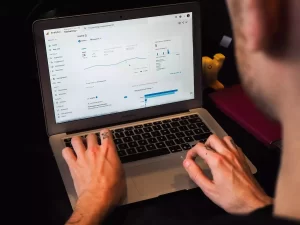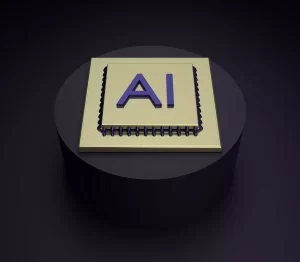In the world of web design, every detail matters. From the color palette to the page structure, every element plays a crucial role in the user experience. One often overlooked but immensely important aspect is that of microinteractions. This article will explore the concept of microinteractions and how they contribute to user satisfaction and engagement in web design.
What are microinteractions?
Microinteractions are those tiny details that enhance the user experience on a website or application. They can take the form of animations, interactive icons, subtle sounds, or state changes that respond to user actions. Despite being small in size, their impact on the overall design is significant. These seemingly minor gestures add a personal touch and cater to the user’s needs, making the interface more attractive and user-friendly.
How do microinteractions contribute to user satisfaction?
1. Instant Feedback
Microinteractions provide almost instantaneous feedback to users, helping them understand how an application or website functions. This swift and clear communication between users and the platform significantly enhances their comfort and trust in using it. For example, when you press a button, an animation that starts or a change in color can clearly indicate that the action has been registered. This instant feedback reduces confusion and boosts user confidence in the system.
2. Increased Engagement
Microinteractions can introduce a higher level of interactivity and entertainment into the user experience, making navigation on the site or within an app more engaging and enjoyable. A well-known example is the heart icon that fills with color when a user clicks it to mark content as a favorite. This small animation adds a playful element and encourages users to keep exploring.
3. Task Facilitation
Microinteractions can bring increased efficiency to the processes on a website, making users’ tasks more manageable and contributing to an overall improved user experience. A simple example is displaying a progress bar to indicate how much is left to complete a task, such as uploading a file. This information helps users manage their expectations and know when they’ll finish.
4. Personalized Experience
Microinteractions have the potential to add a distinctive note of personalization to the user experience, allowing users to tailor the interface and options according to their individual preferences. This makes each user feel more connected and content while navigating the website or app. Through them, you can enable users to customize the interface to their preferences, like allowing them to switch between light and dark themes.
How to integrate microinteractions into web design?
To successfully integrate microinteractions into web design, it’s important to consider a few key aspects:
- Know your target audience: Before adding microinteractions, it’s essential to understand who your users are and what their expectations are. These details will help you create interactions that cater to their specific needs.
- Simplify the interface: Microinteractions shouldn’t complicate the interface. They should make it more intuitive and user-friendly. A simple and clear design is the key to a good user experience.
- Focus on consistency: Ensure that microinteractions are consistent across the entire site or application. This helps create a sense of uniformity and aids users in quickly learning how to interact with elements.
- Test and iterate: After adding microinteractions, it’s important to test them with real users and rely on their feedback to further improve them. Web design is an evolving process, and microinteractions are no exception.
Microinteractions can have a significant impact on the user experience in web design. These small details add value and contribute to user satisfaction and engagement. By carefully integrating microinteractions into your web design, you can create a more attractive and efficient experience for users, leading to better results for your website or application. It’s time to pay attention to the small gestures that make a difference.
Learn about The Role of Animation in Web Design: Enhancing User Engagement and Conveying Information
Follow us on social media:
Instagram: https://www.instagram.com/securemenow/
Facebook: https://www.facebook.com/securmenow
We offer Web Design and WEB AI services. Contact us







